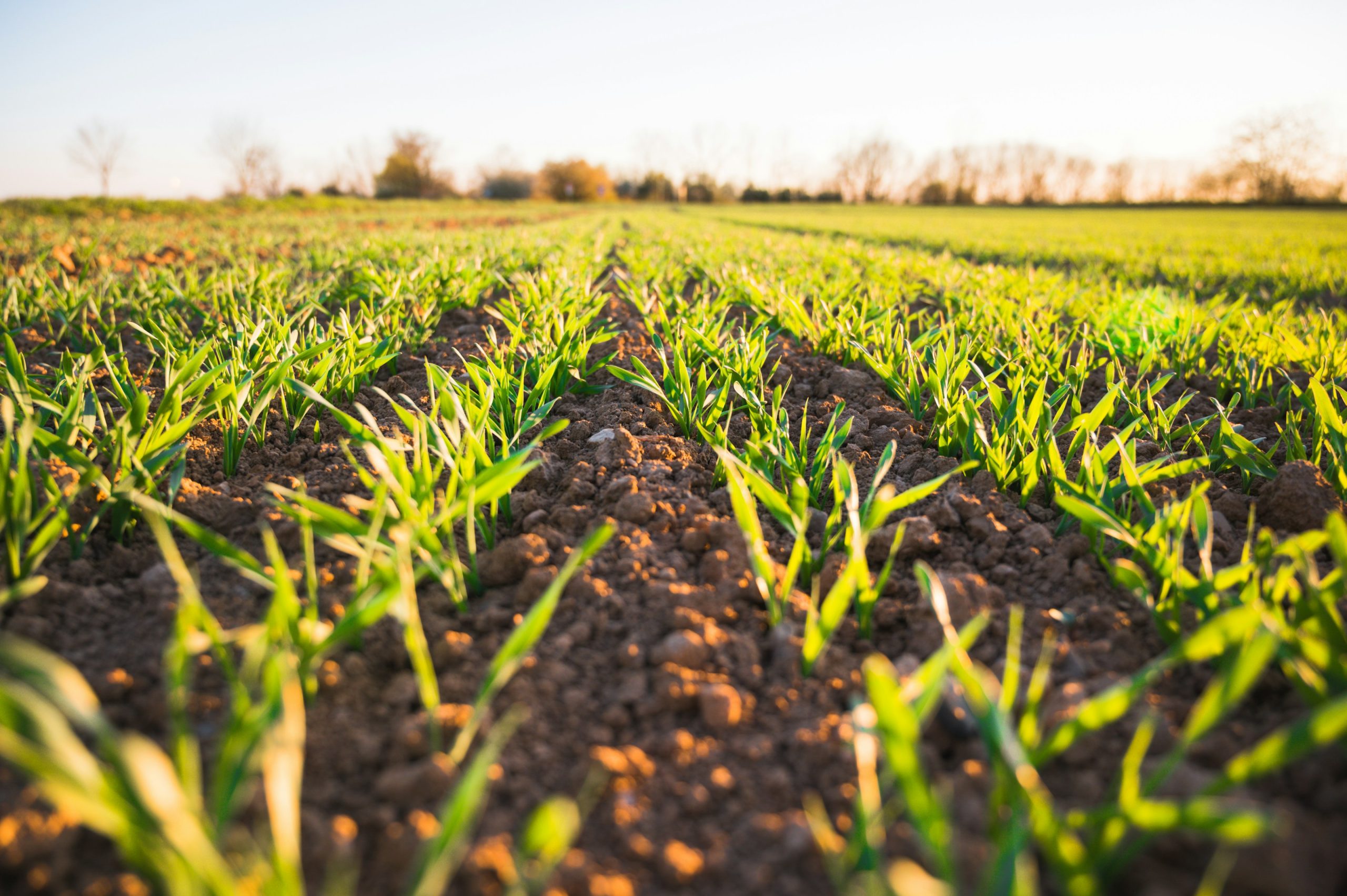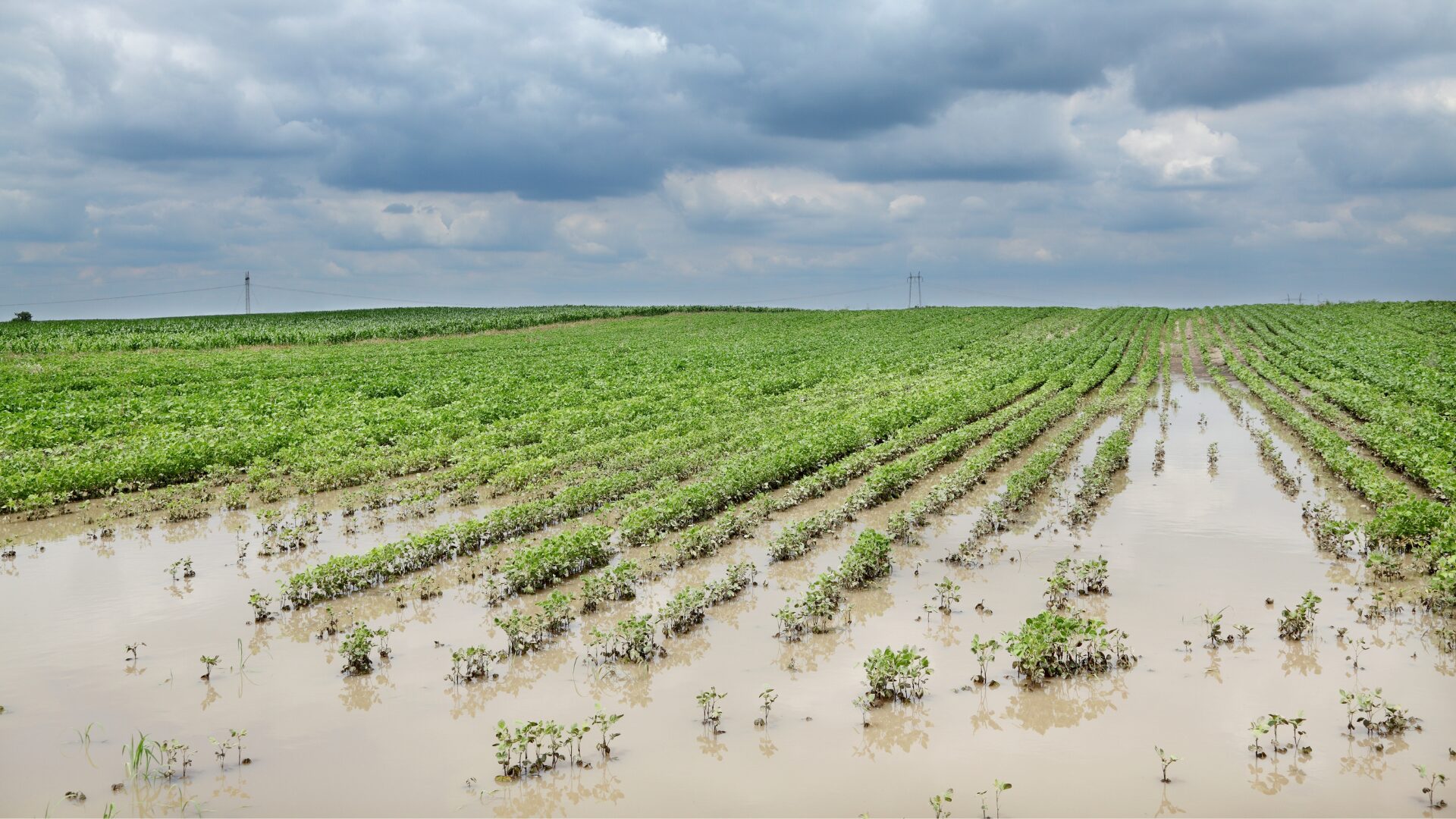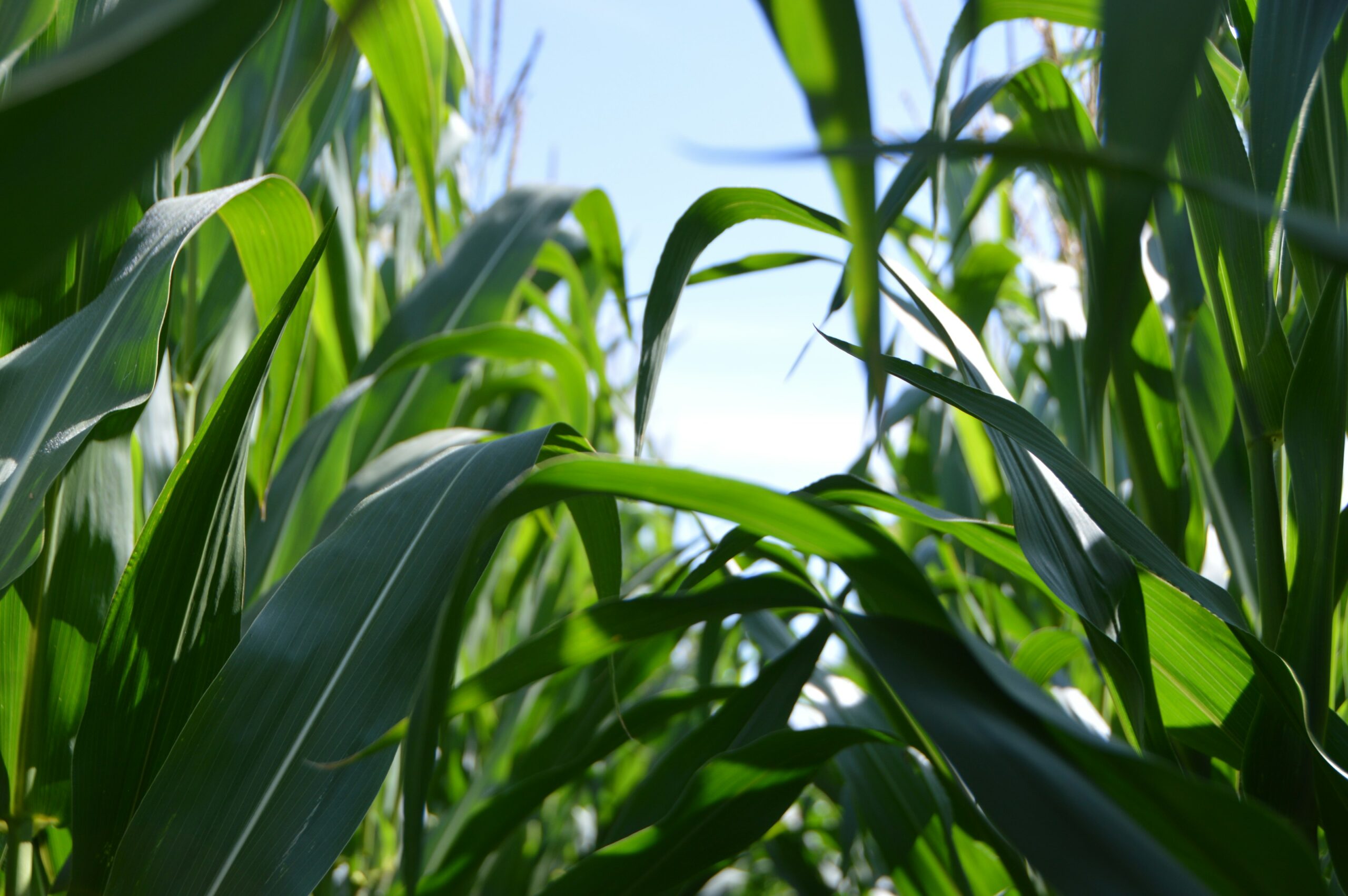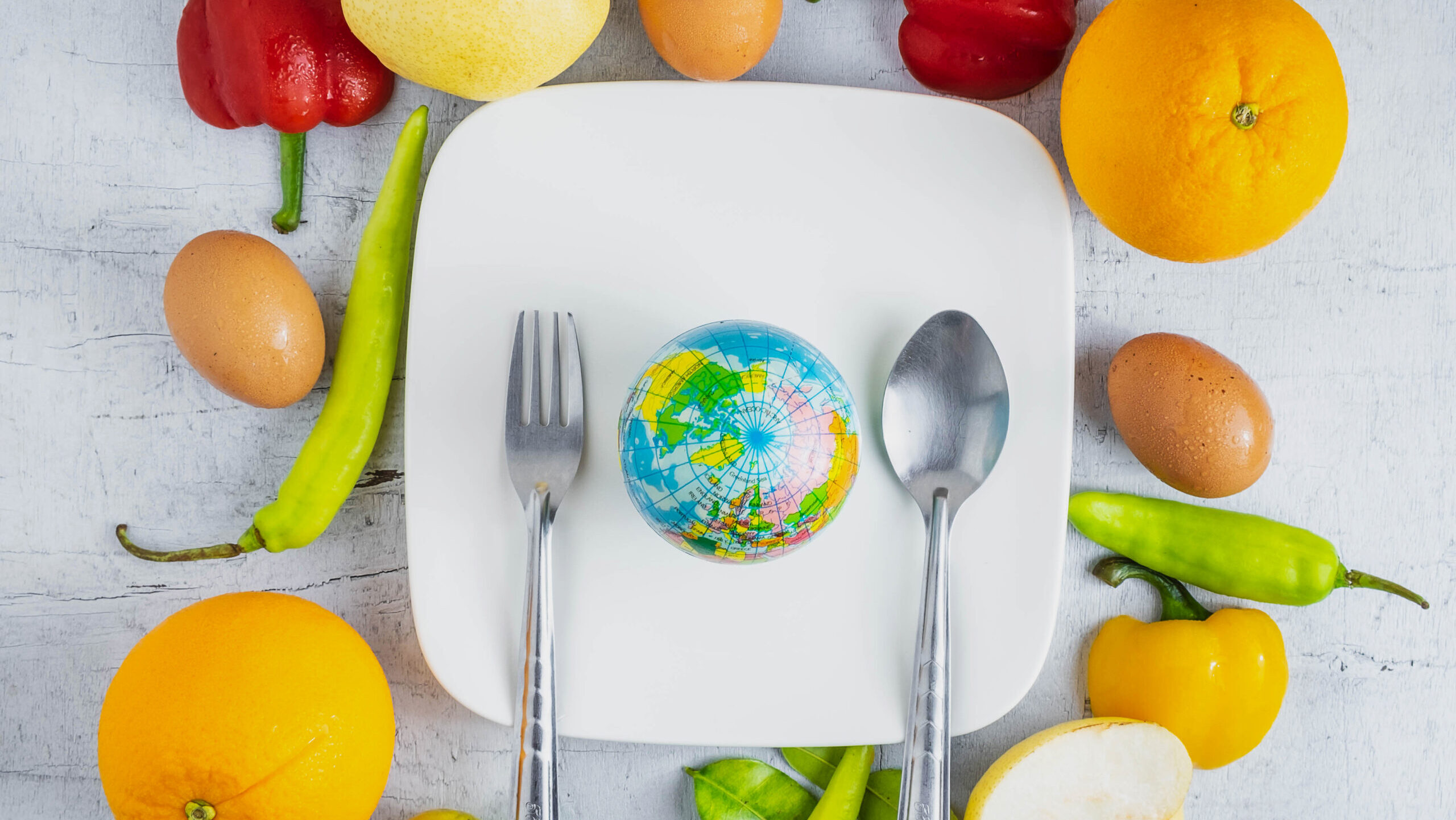The world hunger crisis has gotten significantly worse in the last several years, exacerbated by the COVID-19 pandemic, Russia’s war on Ukraine and, it appears, the persistent issue of climate change.
Right now, 345 million people are suffering from hunger, double the number from 2019, according to the World Food Program (WFP).
We are in the midst of what U.N. food chief David Beasley has called “a perfect storm on top of a perfect storm.” Nearly every day, there are new reports quantifying the toll of extreme weather on agriculture and hunger around the world.
Weather damage
“Extreme weather events, such as hurricanes, floods and droughts, are increasing due to climate change – and agriculture is on the front lines,” said Ajinder Plahey, director of innovation & growth at HowGood, an independent research company and sustainability database, in an interview with The Food Institute.
In Kenya’s arid northwest, for example, the worst drought in 40 years has wiped out livestock, crops, and water sources. Across Kenya, Ethiopia and Somalia, nearly two million children urgently need treatment for severe acute malnutrition, according to recent UNICEF estimates.
In the U.S., the damage from Hurricane Ian is still being assessed, but initial estimates point to a significant citrus crop loss from high winds and flooded groves. Hurricane Ian hit the Florida coast after a difficult summer for crops across the country due to exceptional drought.
American corn is on track to produce its lowest yield in a decade, the U.S. hard red winter wheat crop was the smallest since 1963, and the California rice harvest produced half as much as usual, reported The Washington Post.
“Climate change will continue to disrupt supply systems and lead to lower crop yields, which will negatively impact global nutrient availability, especially affecting those who are already food insecure,” Plahey said.
Where to go from here
In order to mitigate the effects of climate change, many experts point to regenerative agriculture as a necessary and urgent next step.
“Regenerative, biodiverse farming should be promoted to support the establishment of species-rich ecosystems that are more adaptable to a changing climate,” Plahey said. “These go hand in hand as regenerative agriculture rebuilds soil health, which supports a quarter of the biodiversity on our planet.”
Regenerative, or climate-smart agriculture refers to a holistic method of farming that improves upon soil health, rather than destroying or depleting it. Healthy soil is more resilient and helps combat climate change by removing carbon from the atmosphere and storing it in the ground, in addition to providing higher crop yields with greater nutritional value.
This summer, the Biden administration committed $22 billion toward Agriculture Department programs that will use a climate-smart approach, reported The New York Times.
However, for regenerative agriculture to become a viable long-term solution to the problems of climate change and world hunger, climate-smart techniques will need to be implemented on a global scale.
As Plahey put it, “Organizational commitments to soil health and regeneration will be crucial to ensuring that people worldwide have consistent and equitable access to nutrient-dense food.”












